Written by Muqi Wulan
As described in the materials at Level 1 and Level 2, Design for assembly (DFA) is an assembly-conscious design approach, which aims to improve the product design for the easy and low-cost assembly. Its implementation depends on the selection of assembly methods – manual, automatic, or robot assembly. For each assembly method, design guidelines are developed in the form of design rules for designers to follow and consolidate manufacturing knowledge into a design (Boothroyd, Dewhurst & Knight 2011: 1) (El Wakil 1998: 431).In the DFA method, assembly efficiency is used as a measure to evaluate a proposed design (Boothroyd, Dewhurst & Knight 2011: 81). The two main factors that influence the assembly cost of a product or subassembly are the number of parts in a product, and the ease of handling, insertion, and fastening of the parts. Assembly efficiency for manual assembly is expressed as:
![]()
where Nmin is the theoretical minimum number of parts. ta is the basic assembly time for one part. It means the average time for a part that presents no difficulties in handling, insertion or fastening (normally about 3 seconds). tma is the estimated time to complete the assembly of the product. In (Boothroyd, Dewhurst & Knight 2011: 83), multiple charts are created for estimating assembly times in manual handling and insertion. Figure 3.1 and Figure 3.2 shows the charts for manual handling-estimated times and manual insertion-estimated times.
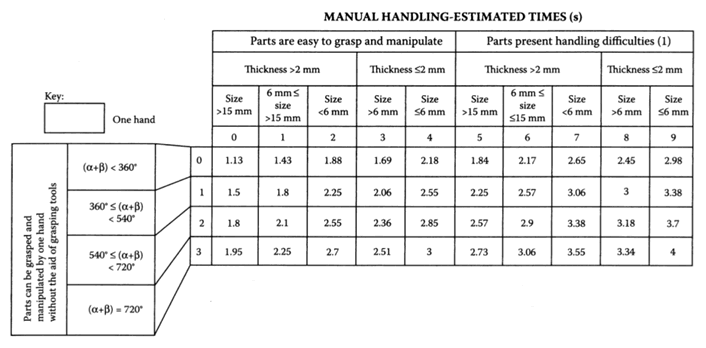
Figure 1 – Classification system (partial) for part features affecting manual handling time
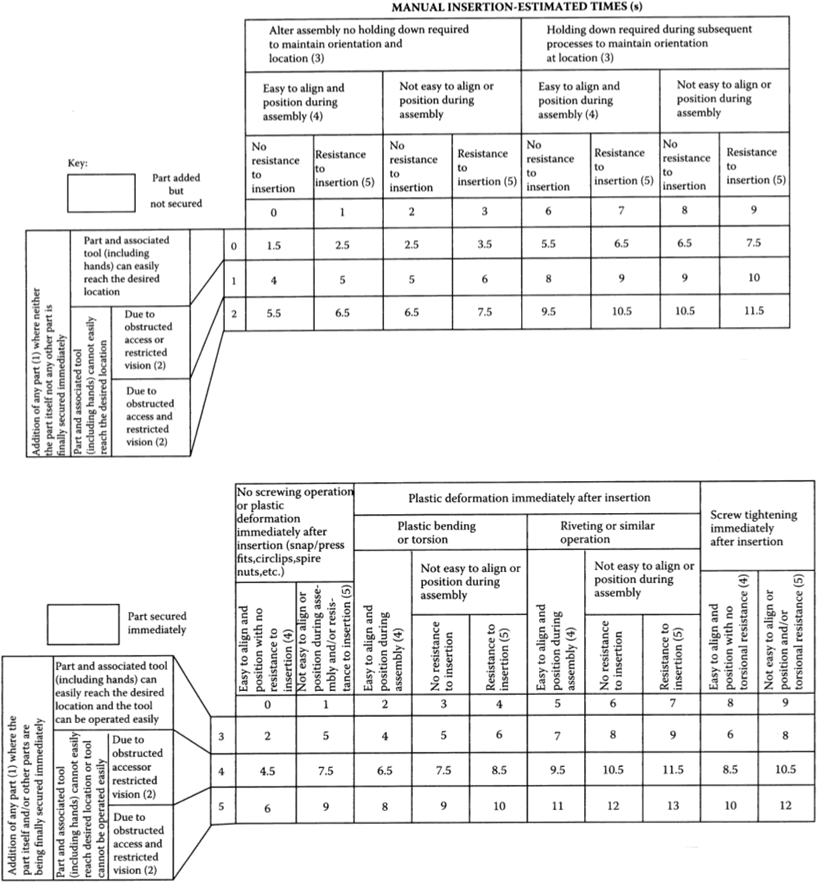
Figure 2 – Classification system (partial) for part features affecting manual insertion and fastening
The following is an example of the design improvement in a pneumatic piston by using the assembly efficiency. Figure 3 shows the old design of a pneumatic piston, and Figure 4 the corresponding worksheet for this subassembly, where the manual design efficiency is 29%. The data in the worksheet is derived from the above three charts.

Figure 3 – Pneumatic piston subassembly in the old design (Pugh 1991: 138)
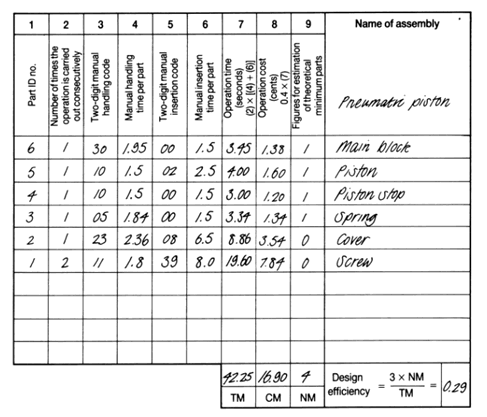
Figure 4 – Worksheet for pneumatic piston subaseembly (Pugh 1991: 139)
The subassembly is redesigned as shown in Figure 5, with the corresponding worksheet given in Figure 6. For a comparison of the two designs and their worksheet, it can be clearly seen that the assembly efficiency in the new design has increased to 90%.
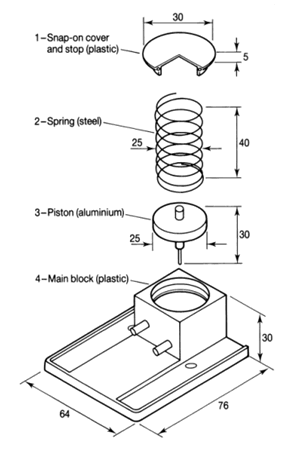
Figure 5 – Pneumatic piston subassembly in the new design (Pugh 1991: 140)
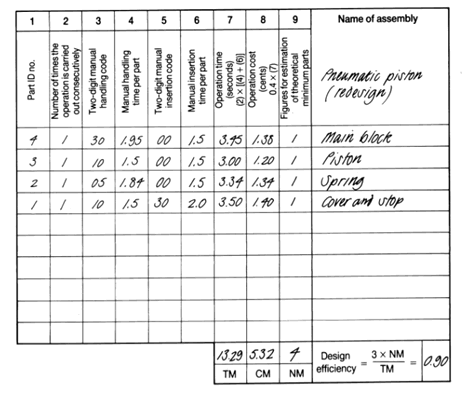
Figure 6 – Worksheet for redesigned pneumatic piston subaseembly (Pugh 1991: 141)
The DFA method employed in the example can be extended into the area of high-speed automatic and robot assembly. It has been proved very useful, particular in redesign situations where detailed knowledge of operational times is known, or can be calculated for the product (Pugh 1991: 139).
In addition to the Boothroyd-Dewhurst DFA method previously discussed, there are other assembly evaluation methods such as Hitachi AEM approach and Lucas DFA method (El Wakil 1998: 446). DFA software packages are commercially available.
Summary
Assembly efficiency is a crucial index or measure in the DFA method. It is used to evaluate if a product design facilitates assembly so that it can provide a basis to effectively improve the design.
Selected References
Boothroyd, G. (1996) ‘Design for manufacture and assembly: the Boothroyd-Dewhurst experience’. in Design for X: concurrent engineering imperatives. ed. by Huang, G. Q. London: Chapman & Hall
Boothroyd, G., Dewhurst, P., Knight, W. A. (2011) Product design for manufacture and assembly. 3rd edn. Boca Raton: CRC Press, Taylor & Francis Group
El Wakil, S. D. (1998) Processes and design for manufacturing. 2nd edn. Boston: PWS Publishing Company
Pugh, S. (1991) Total design: integrated methods for successful product engineering. Harlow: Pearson Education
Back to DFX
Back to Embodiment Design
Back to MAE Design Model